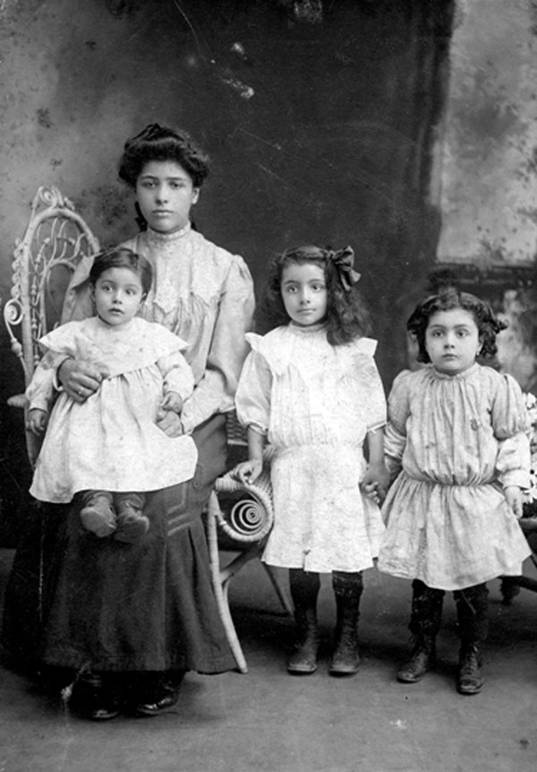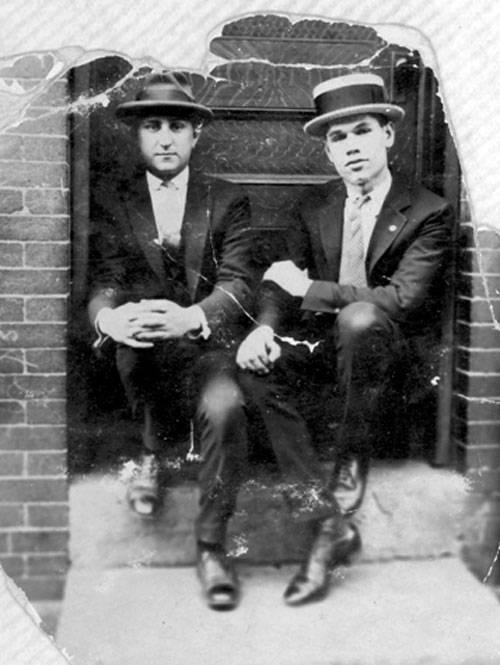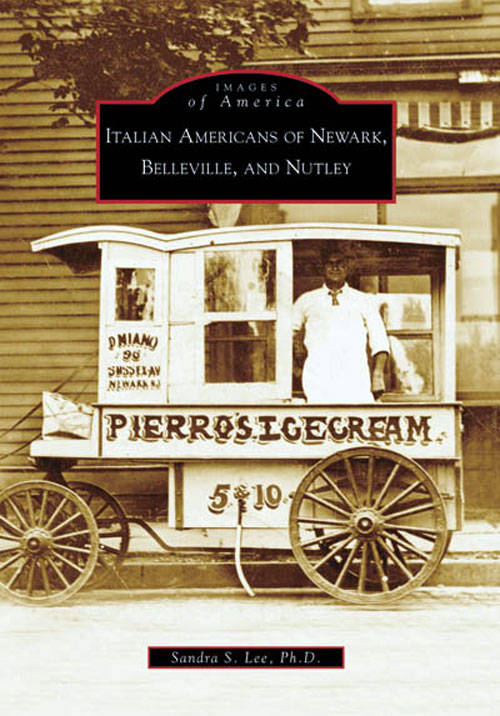“From Italy to America: Faces of Italian immigrants/Italian Americans”. Communities of Newark reunited in a photo exhibit
“They are pictures that speak to me, with their emotion and their power. These pictures are intimate. I want people to feel that they can reach out and shake hands, hug, or kiss them on both cheeks,” Professor and Research Associate Sandra Lee of Seton Hall University says in response to one of our questions.
It’s a simple and moving statement, but as we continue to discuss the reasons why the exhibit is taking place this statement soon revealed deeper motives.
The collection of photos that were selected from Professor Lee’s book Italian Americans of Newark, Belleville, and Nutley (Arcadia Press) are exhibited in the entrance of the Italian Consulate of Newark, which sponsored the exhibit in collaboration with the Alberto Institute of Italian Studies of Seton Hall University.
The exhibit is on display from October 29 to November 6 every day from 12:00 to 2:00 p.m. at One Gallery, One Gateway Center in Newark, New Jersey. It is free and open to the public.
The Italian consulate presented the exhibit during an opening reception on November 29, during which Italian Consul Andrea Barbaria conferred the honor of Omri Knight to Giuseppe Angiulli on behalf of the President of the Italian Republic, Giorgio Napolitano. Giuseppe Angiulli immigrated to New Jersey in 1959 and specialized in old automobiles and sports car. His passion allowed him to establish a very lucrative business, one for which he is very well- known in New Jersey.
When did you first think of creating an exhibit about Italian immigrants and Italian Americans in Newark?
“When Seton Hall University held a large reception to launch the publication of my first book, the Walsh Gallery there hosted a small exhibit of photos called “Growing Up Italian.” But I think the idea of creating a photo exhibit came to me when I first started gathering the photos from people’s family albums and boxes.
The collection of scanned photos for the book is well over 1,000. The pictures I chose for this exhibit are portraits of the original Italian immigrants, or their family members, from the early 1900s.
I am in love with all of these old photographs and I always envisioned them as large blow-ups – almost life size. Furthermore, I am collecting the photos and scanning them, talking with family members, and writing the book while I live in their neighborhood, with their families, and in their world. It was Andrea Barbaria, the Italian Consul of Newark, who had the vision to imagine the photographs in a larger exhibit at One Gallery.”
Why does the exhibit first depict Italian immigrants and then Italian Americans? What is the significance of the exhibit’s title?
“I wanted to focus on the original immigrants and their families – some of the children and grandchildren were not immigrants, they were just Italian Americans. So I made the title a little broader to include them.”
Do these issues speak to you as a person of Italian descent or is it only an academic and cultural interest?
“On one hand, there is the issue of my own heritage behind the project. My grandparents (Giovanni Lea and Margherita Demangone) were immigrants to Latrobe in 1910, a rural area in Western Pennsylvania. My father had a movie theater in the Little Italy of Erie, PA, my hometown. I have spent the last ten years working on my own family history. A couple of years ago, my husband and I took my dad to visit Mercenasco, the town north of Torino where his parents were born. We were received with extraordinary hospitality, handed off from one family to the next for meals and conversation!
On the other hand, I have been working on this project for many years, listening to immigrants’ stories and voices; this aspect compelled me to discover my own Italian side of the story. I also had the opportunity to work on it professionally thanks to the Alberto Institute of Italian Studies at Seton University.”
Do the younger generations of Italian Americans in New Jersey and the surrounding areas still interact with the Italian American communities? Do they have any interest in their ancestors' experience? Do they recognize the importance of historical memory? And, does the community or cultural institutions offer initiatives that stimulate them?
“This is an excellent question. There are many young people who are getting involved in the organizations, such as UNICO (www.unico.org), the largest Italian American service organization in the USA, for example. A group of students from a local high school will attend the exhibit on Wednesday with their teacher. The New Jersey Italian Heritage Commission (hwww.njitalia.nj.gov) has written an excellent model curriculum for teaching Italian heritage. But for the most part, I think it is still a challenge to focus on our youth and maintain that link of historical memory and Italian American identity. I think exhibits like this one are an excellent way to engage young people.”
Are you going to publish any other books related to immigration as you continue with your research?
I am working on a second book on the Italian Americans of Newark, Belleville, and Nutley. This history has never been written. There has been such an outpouring of information and history and old photographs that a second volume is needed.”








































i-Italy
Facebook
Google+
This work may not be reproduced, in whole or in part, without prior written permission.
Questo lavoro non può essere riprodotto, in tutto o in parte, senza permesso scritto.